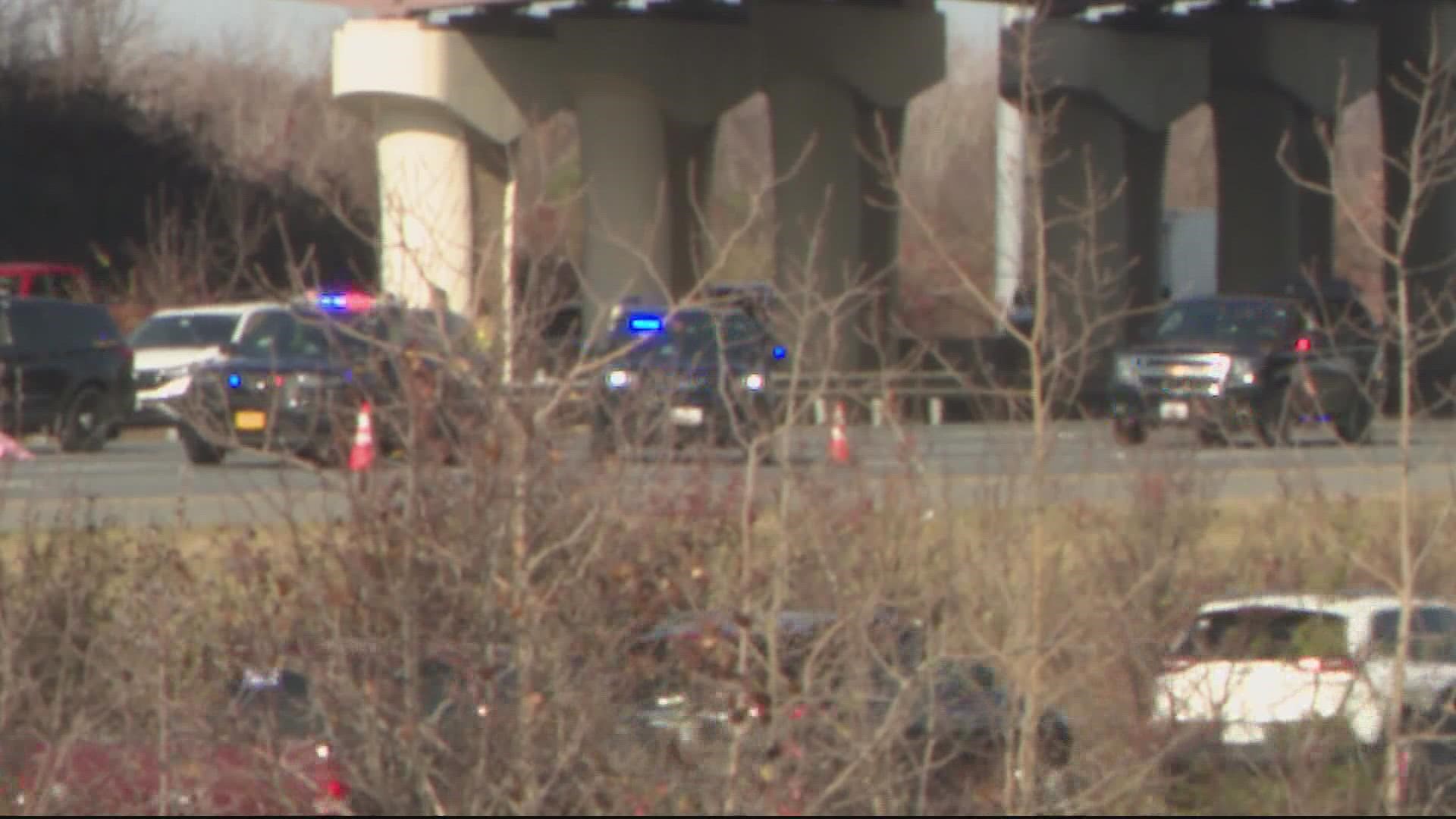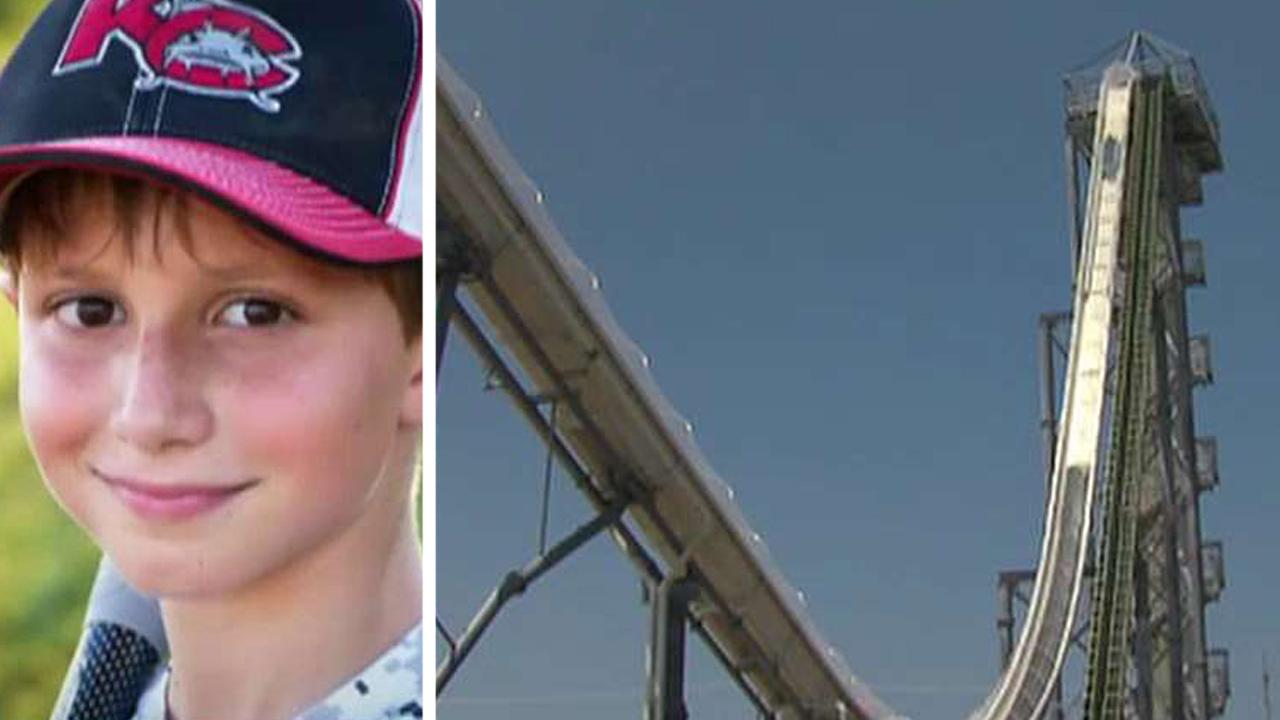Boy hit by drone – it sounds like a science fiction nightmare, but sadly, it’s a growing concern. This article explores the potential for drone accidents involving children, examining the different types of drones involved, the severity of possible injuries, and the legal and ethical implications. We’ll also delve into current safety regulations, highlighting their shortcomings and proposing improvements, along with technological solutions to prevent future incidents.
From understanding the mechanics of a drone strike to exploring the legal responsibilities of drone operators, we aim to provide a comprehensive overview of this complex issue. We’ll look at how responsible drone operation and improved safety regulations can minimize the risk of such accidents, and how public awareness campaigns can play a crucial role in preventing future tragedies.
A boy getting hit by a drone is a serious safety concern, highlighting the need for responsible drone operation. To learn more about safe drone practices and impressive light shows, check out the amazing visuals from a past florida drone show , which showcases the potential, but also the inherent risks, of drone technology. Understanding these risks is crucial to prevent incidents like a boy being hit by a drone in the future.
A Boy Hit by a Drone: Understanding the Risks and Implementing Solutions: Boy Hit By Drone
The increasing popularity of drones presents unforeseen challenges, particularly concerning safety. This article explores a hypothetical scenario of a boy being struck by a drone, examining the incident, safety regulations, legal implications, technological solutions, and public awareness initiatives. We will analyze the various factors involved and propose preventative measures to mitigate future risks.
The Incident: A Hypothetical Scenario
Several scenarios could lead to a child being struck by a drone. These include malfunctioning drones, operator error, unforeseen environmental factors (like strong winds), or even intentional acts. The size and weight of the drone, along with its speed and the impact point, significantly affect the severity of injuries. A small, lightweight drone might cause minor bruises, while a larger, heavier drone, especially at high speed, could cause serious head trauma, fractures, or internal injuries.
A boy getting hit by a drone is a serious safety concern, highlighting the need for responsible drone operation. To understand the potential for accidents, check out this link about a spectacular but potentially risky florida drone show , which showcases both the amazing possibilities and inherent dangers of large-scale drone displays. Thinking about the boy’s injury makes you realize how important safety regulations and operator training really are.
Imagine a ten-year-old boy, playing in a park. A large commercial drone, weighing approximately 5kg, carrying a camera, malfunctions mid-flight. Losing control, it descends rapidly, striking the boy on the head. The impact throws him to the ground, causing a concussion and a fractured skull.
| Drone Type | Weight (kg) | Typical Speed (km/h) | Potential Impact Force |
|---|---|---|---|
| Small Consumer Drone | 0.5 – 1 | 30-50 | Low to Moderate; Bruises, minor lacerations |
| Large Commercial Drone | 3 – 5 | 60-80 | Moderate to High; Fractures, concussion, internal injuries |
| Racing Drone | 0.2 – 0.5 | 100+ | Moderate; Lacerations, contusions, depending on impact area |
| Delivery Drone | 2 – 3 | 40-60 | Moderate; Fractures, contusions, depending on impact area and payload |
Safety Regulations and Drone Operation

Current regulations regarding drone operation vary across jurisdictions, but generally prohibit flying over populated areas without specific permits. However, enforcement can be challenging, and existing guidelines may not adequately address all potential risks, particularly those involving unexpected malfunctions. Best practices include thorough pre-flight checks, maintaining a safe distance from people and obstacles, and adhering to all local regulations.
Advanced safety technologies, such as obstacle avoidance systems and geofencing, are becoming increasingly common but aren’t universally implemented.
- Strengthening enforcement of existing regulations.
- Mandating advanced safety features on all drones.
- Implementing stricter licensing and training requirements for drone operators.
- Creating a national drone registration system.
Legal and Ethical Implications

The legal liability in such incidents falls primarily on the drone operator, though manufacturers may also be held accountable for design flaws. The boy and his family would have legal recourse to seek compensation for medical expenses, lost wages, and pain and suffering. Ethical considerations involve responsible drone usage in public spaces, respecting the privacy and safety of others.
Legal systems globally are still developing frameworks for drone-related accidents, often referencing existing negligence laws.
Technological Solutions and Preventative Measures, Boy hit by drone

Several technological solutions can minimize drone accident risks. Advanced drone detection systems, utilizing radar, lidar, or cameras, could identify drones in populated areas and alert authorities. AI-powered systems could predict potential collisions and autonomously take corrective action. Drones themselves could be equipped with improved obstacle avoidance, emergency shutdown mechanisms, and fail-safe systems. A “safer” drone design could incorporate softer materials in impact zones, built-in collision sensors, and lower maximum speeds in populated areas.
A boy getting hit by a drone is a serious incident, highlighting the potential dangers of these increasingly common machines. This unfortunately brings to mind larger-scale accidents, like the one detailed in this article about a drone show accident , which underscores the need for stricter safety regulations. Thinking about the boy, it’s clear that even individual drones, not just large shows, require careful operation and oversight to prevent injury.
- Improved obstacle avoidance systems with redundancy.
- Autonomous emergency landing mechanisms.
- Drone-specific “air traffic control” systems.
- Materials designed to minimize impact force.
Public Awareness and Education
A comprehensive public awareness campaign is crucial. This would involve educational materials (brochures, videos, online resources) explaining drone safety and responsible use. Drone operator training programs should emphasize safe operating procedures, risk assessment, and emergency response. Key messages should highlight the potential dangers, the importance of adhering to regulations, and the need for responsible drone operation.
- Public service announcements on television and social media.
- Educational programs in schools and community centers.
- Interactive online resources and simulations.
- Clear and concise guidelines on drone safety.
Illustrative Examples

An illustration depicting the incident could show the drone’s trajectory, highlighting its descent towards the boy’s head. The impact point would be clearly visible, emphasizing the severity of the collision. Another illustration could showcase the drone’s various components—propellers, batteries, and casing—and how each could cause injury. A third illustration could depict the range of potential injuries, from minor cuts and bruises to severe head trauma and fractures.
Ending Remarks
The increasing popularity of drones necessitates a proactive approach to safety. While technological advancements offer potential solutions, the human element remains crucial. Responsible drone operation, coupled with robust safety regulations and widespread public awareness, are vital to minimizing the risk of accidents like a child being struck by a drone. By understanding the potential dangers and implementing preventative measures, we can ensure the safe integration of drones into our airspace and protect vulnerable members of our community.
Clarifying Questions
What are the most common types of drones involved in accidents?
Consumer-grade quadcopters are frequently involved due to their accessibility and popularity. However, larger commercial drones also pose a significant risk.
How can I report a near-miss drone incident?
Contact your local aviation authority or police department. Many countries have specific reporting channels for drone-related incidents.
What kind of insurance do drone operators need?
Liability insurance is crucial for drone operators to cover potential damages or injuries caused by their drones. Requirements vary by location.
Are there age restrictions for operating drones?
Yes, age restrictions vary depending on the drone’s size and capabilities and the country’s regulations. Check your local laws.